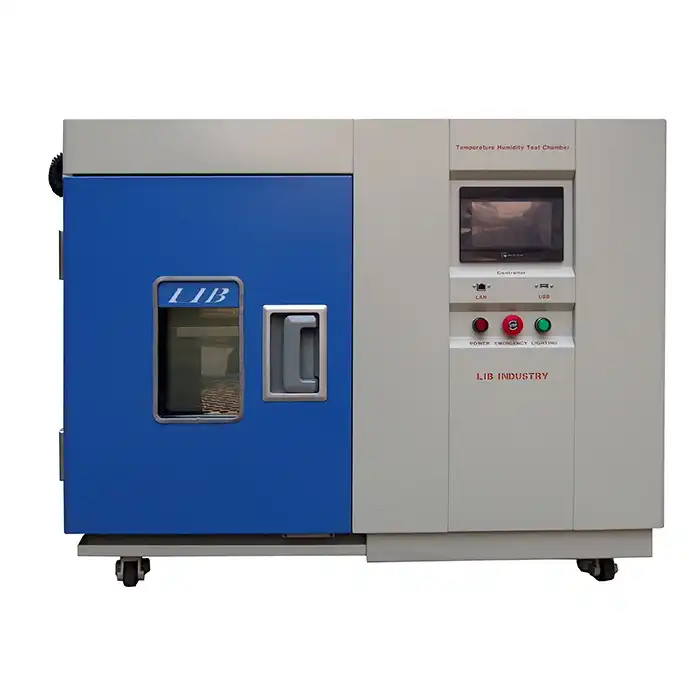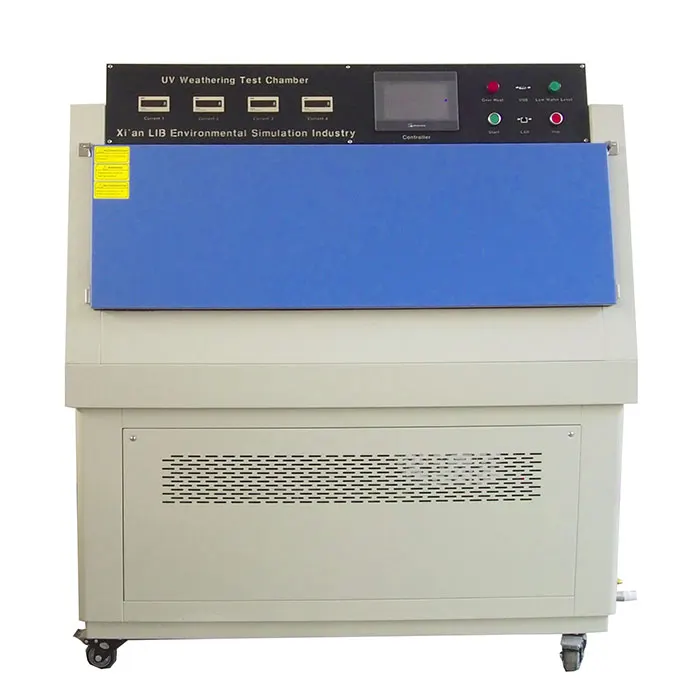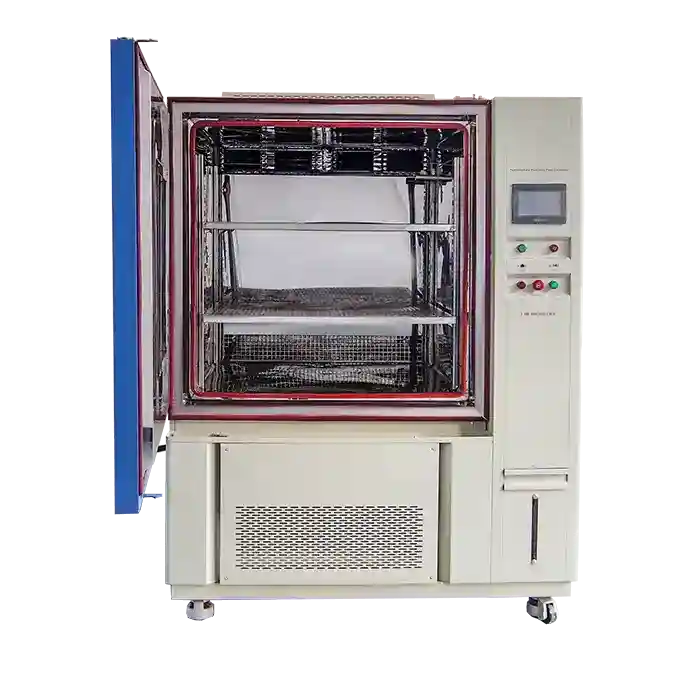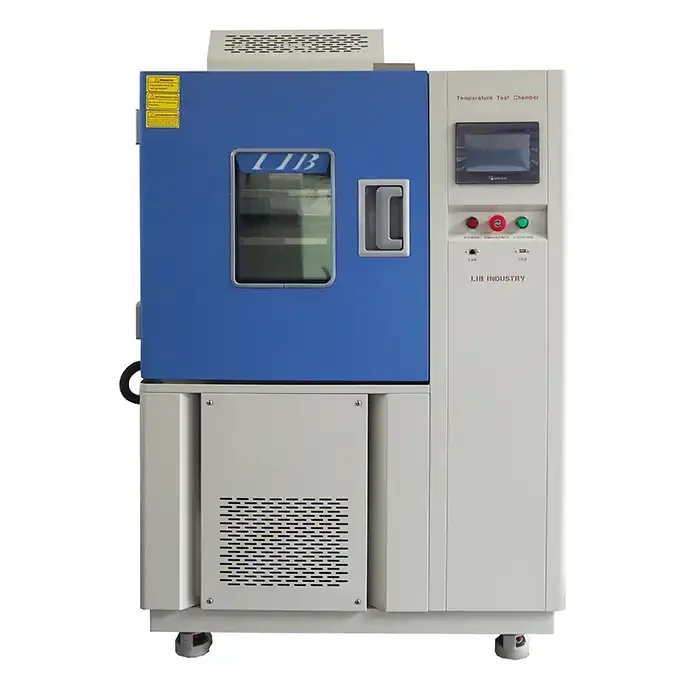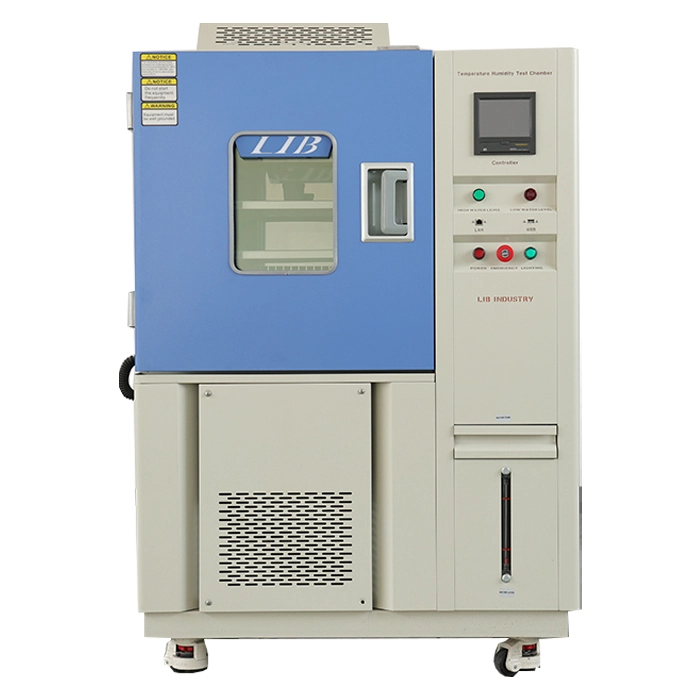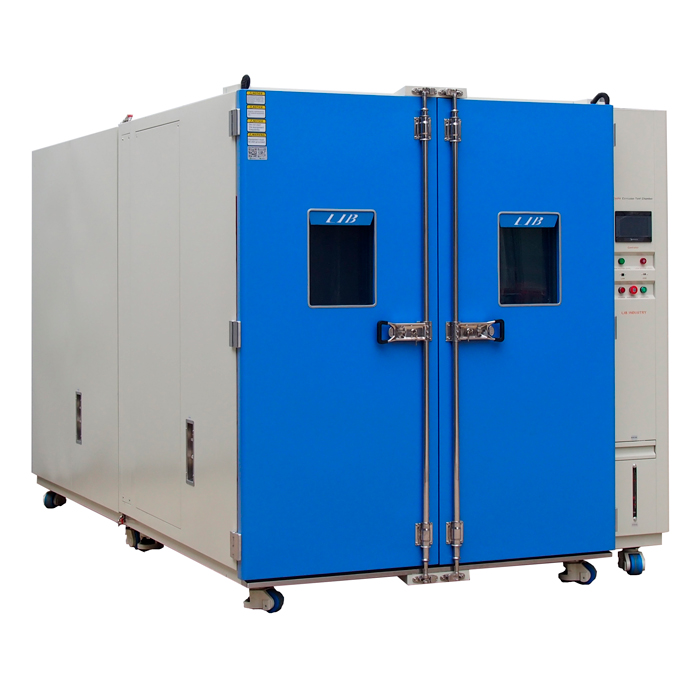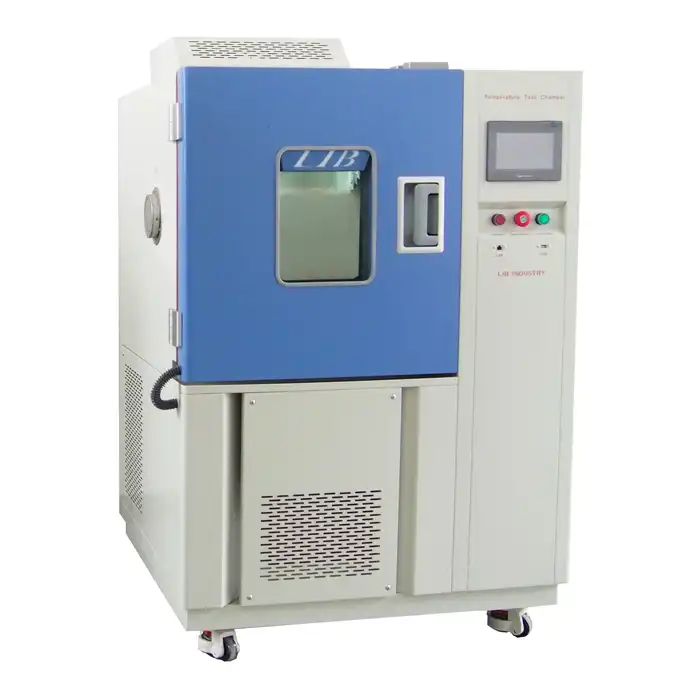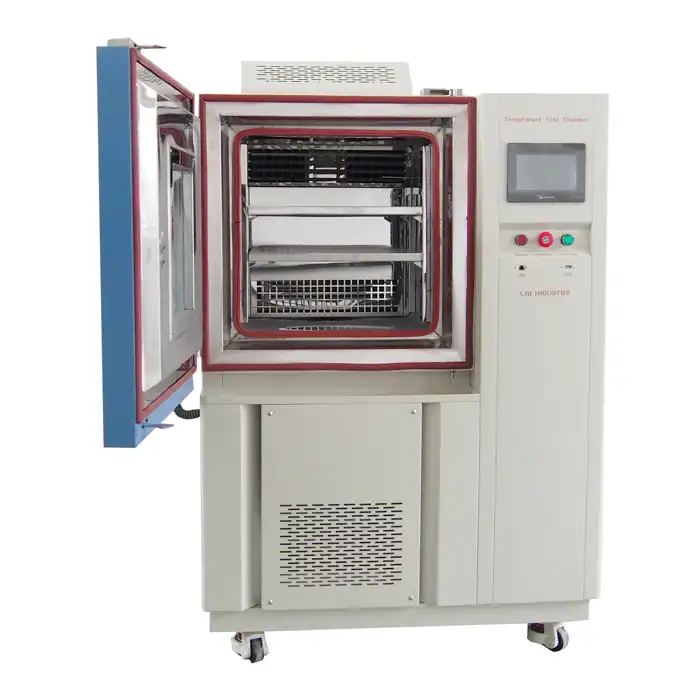Can a small humidity chamber be customized?
In the world of environmental testing, small humidity chambers play a crucial role in various industries. These compact devices are essential for simulating specific environmental conditions, particularly humidity levels, in a controlled setting. But what happens when standard configurations don't meet your unique requirements? This article delves into the customization possibilities of small humidity chambers, exploring how tailored solutions can enhance your testing processes and yield more accurate results.

Understanding Small Humidity Chambers
What Are Small Humidity Chambers
Small humidity chambers are specialized equipment designed to create and maintain specific humidity levels within a confined space. These chambers are utilized across multiple industries, including electronics, pharmaceuticals, and material science, to test the effects of moisture on various products and materials. Unlike their larger counterparts, small humidity chambers offer a more compact and often more cost-effective solution for businesses with limited space or budget constraints.
Key Components of Small Humidity Chambers
To appreciate the customization potential of small humidity chambers, it's essential to understand their core components. Typically, these chambers consist of a humidity generator, temperature control system, air circulation mechanism, and a sealed chamber. The interplay between these elements allows for precise control over humidity levels, temperature, and air distribution within the testing environment.
Applications of Small Humidity Chambers
Small humidity chambers find applications in numerous fields. In the electronics industry, they're used to test the resilience of components against moisture-induced corrosion. Pharmaceutical companies employ them to assess drug stability under various humidity conditions. Material scientists utilize these chambers to study the effects of humidity on different substances, from textiles to building materials. The versatility of small humidity chambers makes them indispensable tools in quality control and research settings.
Customization Options for Small Humidity Chambers
Size and Capacity Modifications
One of the key customization options for small humidity chamber is adjusting their size and capacity to meet specific needs. While these chambers are generally compact, manufacturers can modify their dimensions to fit within limited lab spaces or accommodate larger test samples. This flexibility enables businesses to maximize their available space and ensure the chamber efficiently supports their unique testing requirements, providing a tailored solution for various industries and applications.
Temperature Range Adjustments
Many testing protocols require precise temperature control in addition to humidity regulation. Customization options often include the ability to adjust the temperature range of the chamber, either broadening or narrowing it to meet specific requirements. This modification is especially important for industries that need to simulate extreme environmental conditions or perform tests with tight temperature tolerances, ensuring accurate results in highly controlled environments.
Humidity Control Precision
In certain testing scenarios, achieving precise and stable humidity levels is essential. Customization in this area may involve upgrading the humidity sensors to higher-accuracy models, enhancing the humidity generation system for better responsiveness, or refining the control algorithms to ensure more consistent readings. These improvements can significantly increase the reliability of the chamber, particularly for sensitive tests or extended-duration experiments, where even small fluctuations in humidity could lead to skewed results or compromised product integrity.
Advanced Features in Customized Small Humidity Chambers
Data Logging and Connectivity
In today's digitally-driven world, customized small humidity chambers are increasingly integrated with advanced data logging systems. These systems enable real-time monitoring and accurate recording of temperature and humidity levels during testing, ensuring reliable results. With added connectivity options such as Wi-Fi, Bluetooth, or Ethernet, users can remotely monitor, control, and adjust the chamber’s settings from anywhere. This not only enhances the precision of experiments but also streamlines operations, reducing the need for on-site supervision and increasing overall efficiency in managing testing workflows.
Automated Test Cycling
For businesses engaged in repetitive testing, customization options can include the integration of automated test cycling features. These systems allow the chamber to automatically regulate temperature and humidity levels based on pre-set schedules, ensuring consistent conditions throughout the testing process. Automated cycling not only enhances efficiency by reducing the need for constant manual adjustments but also minimizes the risk of human error. This capability is especially valuable for conducting long-term or complex tests, ensuring that they are completed accurately and with minimal oversight.
Specialized Accessories and Fittings
Small humidity chambers can be further customized with various specialized accessories and fittings tailored to specific testing needs. For example, custom sample holders can be designed for particular products, ensuring proper placement and airflow. Additional ports may be added for integrating extra sensors to monitor different variables, while specialized lighting systems can be installed for tests involving photosensitive materials. These tailored solutions enhance the chamber's functionality, ensuring precise control and improving the overall accuracy, efficiency, and versatility of the testing process.
Conclusion
The customization possibilities for small humidity chambers are vast and varied, offering businesses the opportunity to tailor these essential testing tools to their specific needs. From size adjustments to advanced features like automated cycling and remote connectivity, these customizations can significantly enhance the capabilities and efficiency of small humidity chambers. By working closely with manufacturers to design bespoke solutions, businesses can ensure that their environmental testing processes are optimized for accuracy, reliability, and productivity.
Contact Us
For expert guidance on customizing small humidity chambers to meet your unique testing requirements, contact LIB Industry at info@libtestchamber.com. Our team of specialists is ready to help you design the perfect solution for your environmental testing needs.
References
1. "Principles of Environmental Chamber Design and Operation" by J.A. Smith, Journal of Environmental Engineering, 2019.
2. "Advancements in Humidity Control Technologies for Small-Scale Testing" by L. Chen et al., Applied Sciences, 2020.
3. "Customization Trends in Environmental Testing Equipment" by M. Rodriguez, Industrial Quality Control, 2021.
4. "The Impact of Precise Humidity Control on Material Testing" by K. Yamamoto, Materials Science and Engineering, 2018.
5. "Digital Transformation in Environmental Testing Laboratories" by S. Patel, Lab Manager Magazine, 2022.
6. "Optimizing Small-Scale Environmental Chambers for Pharmaceutical Stability Testing" by R. Johnson et al., Pharmaceutical Technology, 2020.



